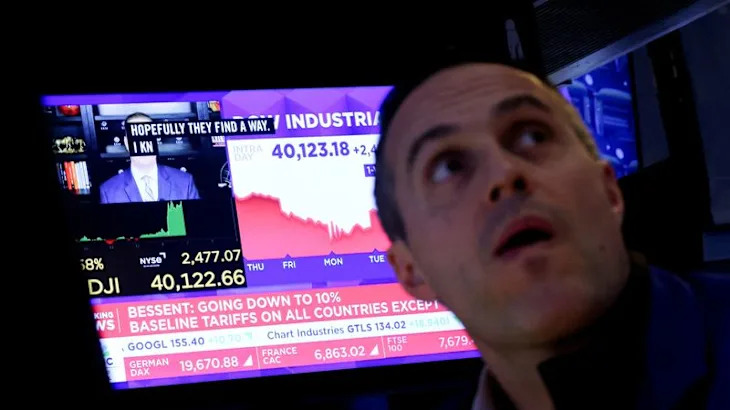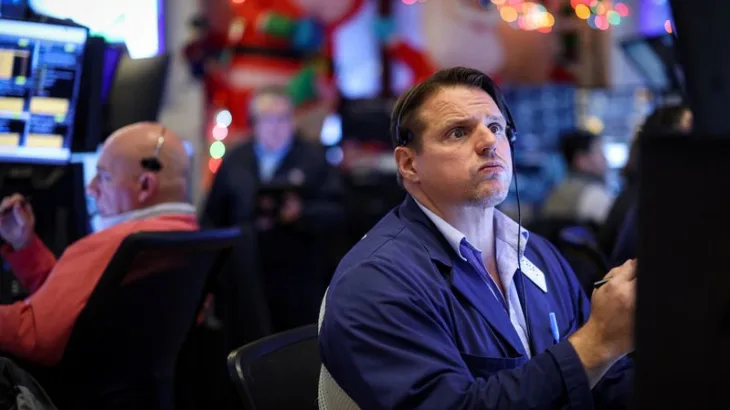President Donald Trump threatened new tariffs against Apple and the European Union on Friday morning.
A new Truth Social message from President Trump on May 23 included the threat of 25% tariffs against Apple if the company did not move its operations into the United States. The threat to boost the taxes on the tech giant's imports accompanies projected losses of $900 million for the company during April, May and June due to existing tariffs on China.
Apple CEO Tim Cook said on a recent earnings call that Apple planned to move to India to avoid higher tariffs on products from China. Vietnam will be the “country of origin” of “almost all” iPads, Macs, Apple watches and AirPods, Cook said.
Here is what to know about the move against Apple and what this could cost consumers in the coming years.
Why is Trump putting tariffs on Apple?
Part of Trump's goal with increasing tariffs against imports is to force United States companies and manufacturers to bring production back to the U.S. The move intends to add jobs and boost the local economy.
Rather than bring production back to the United States, Apple planned to move its production from primarily operating in China to operating in India , which had much lower tariffs. To combat this plan, President Trump is threatening 25% tariffs against Apple as a company to attempt to force it back into the United States.
Where does Apple manufacture their products?
China accounts for about 80% of Apple's product production. Due to the tariffs against China, Apple announced in April that it would change its production process to mainly produce in India, with only a 25% tariff on goods coming into the United States. The goal for the company was to have India produce most iPhones sold in the U.S. by the end of 2026.
How much will iPhones cost with tariffs?
There's no clear indication of how much higher costs would be if Apple moved its production entirely to India or the United States. Apple sells more than 220 million iPhones annually, with its biggest markets being the United States, China and Europe.
When first launched, the cheapest iPhone 16 model retailed for $799 , but calculations based on projections from analysts at Rosenblatt Securities show it could cost as much as $1,142.
The analysts project costs could rise as much as 43% for iPhones and Apple Watches. The projection also shows a 42% increase for iPads and a 39% increase for Macs and AirPods.
The most expensive iPhone on the market, the iPhone 16 Pro Max, currently retails at $1,599 but could cost nearly $2,300 if the 43% increase were passed on to consumers.
If the 25% tariff were to go into effect against Apple, the basic iPhone would likely increase by 25% to a minimum of $998.75. The most expensive iPhone 16 Pro Max would increase by 25% from $1,599 to $1,998.75.
This article originally appeared on Memphis Commercial Appeal: How much will Apple's iPhones cost amid Trump's new tariff threat?





